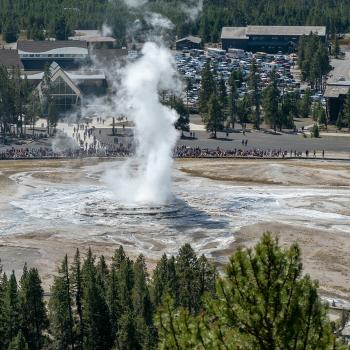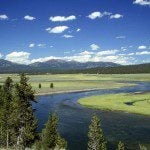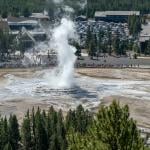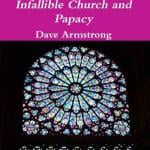
Since, to a substantial but not exhaustive degree, I am the result of Norwegian ancestry, perhaps this can count as family history:
More on ancient agriculture, but from much closer to my current home:
“Research team discovers oldest known plant virus at ancient settlement”
***
It seems that science isn’t quite finished yet:
“In Search of Missing Worlds, Hubble Finds a Fast Evaporating Exoplanet”
***
The pressing need of the age is a system of religion that can recognize, at the same time, the truths of demonstrated science and the doctrines found in the pages of sacred writ, and can show that perfect harmony exists between the works and words of the Creator; a religion that will reach both the head and the heart–that is, will reach both the intellect and the conscience. . . . Nothing short of this can satisfy the demands of this age of independent investigation and research, when men are not satisfied to take, unquestioned, the opinions of uninspired, self-constituted ministers or priests.
(From “Science and Religion,” The Millennial Star [Thursday, 1 December 1898])
By far the best way I know to engage the religious sensibility, the sense of awe, is to look up on a clear night. I believe that it is very difficult to know who we are until we understand where and when we are. I think everyone in every culture has felt a sense of awe and wonder looking at the sky. This is reflected throughout the world in both science and religion. Thomas Carlyle said that wonder is the basis of worship. And Albert Einstein said, “I maintain that the cosmic religious feeling is the strongest and noblest motive for scientific research.” So if both Carlyle and Einstein could agree on something, it has a modest possibility of even being right.
(Carl Sagan)











